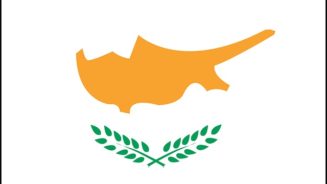S&P’s revised sovereign rating methodology “places greater weight on a sovereign’s own external vulnerabilities and monetary flexibility, even when that sovereign largely uses the currency of a larger sovereign and has limited external data”, it said.
According to S&P, factors including the Isle of Man’s high income level, strong balance sheet and political stability support its rating. However, the size of its financial system – assets account for 50 times GDP, the ratings agency said – leaves the island vulnerable to “external factors”.
Guernsey was similarly criticised for an over-reliance on financial services, and S&P also highlighted its lack of fiscal flexibility. Government revenues are 26% of GDP, it noted, leaving room for tax increases “without jeopardising Guernsey’s competitive advantage.”
The ratings of both islands could come under further pressure, S& P warned, if their offshore financial sectors lose business to competitor jurisdictions. However, successful diversification of the two economies away from financial services could trigger an upgrade in future, it added.
S&P’s action brings the credit rating of the Isle of Man back into line with the US, following its downgrading of the world’s largest economy earlier this year. As International Adviser reported in August, the ratings disparity prompted consternation among American talk-show hosts.




